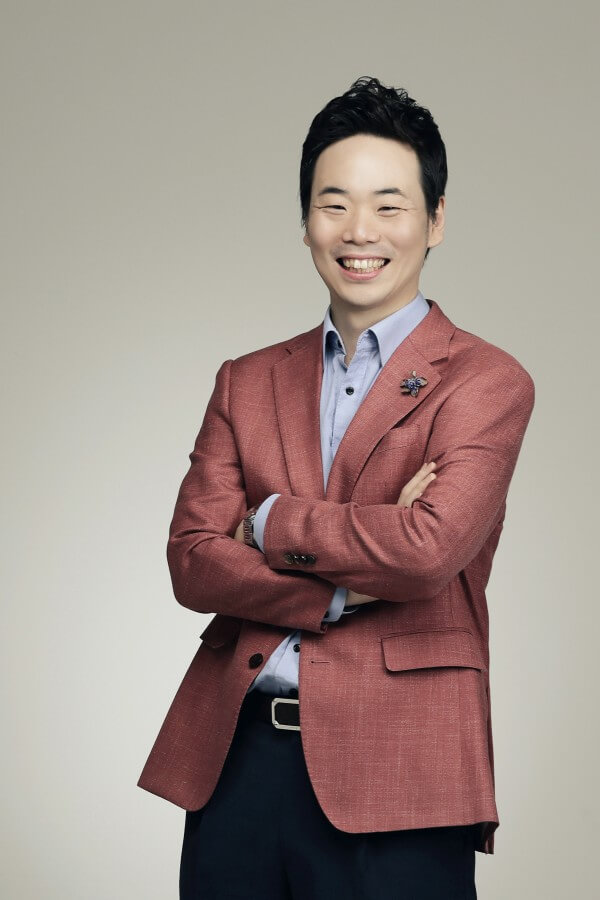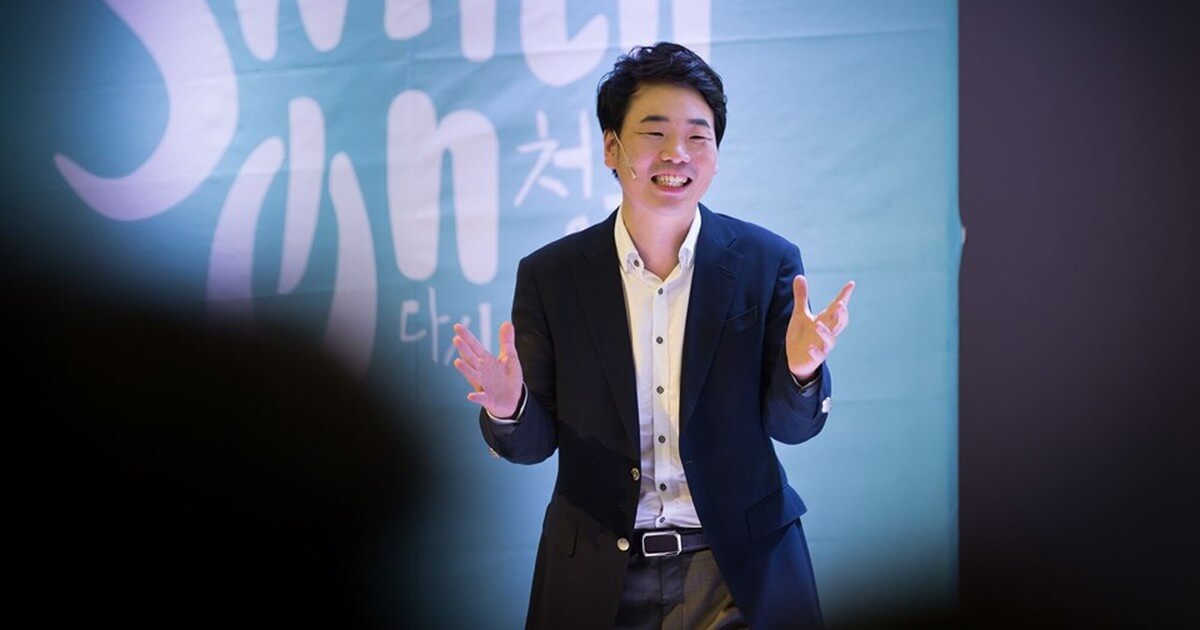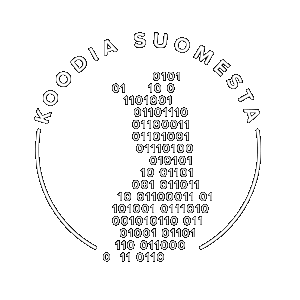Can you tell us about yourself?
I am Paul Choi, founder of Paul&Mark, a South Korean consulting and training company. I go by Paul in international contexts because my Korean first name, Jaewoong, is difficult for many people to remember.
I was 28 years old when I started the company, which didn't make it an easy start. Traditionally, in Korea, a serious consultant has to be at least 40 years old to be a suit-man.
Through hard work and doing things in a non-traditional way, I started to achieve fame and success in Korea. I rarely use PowerPoint and I also try to make my lectures entertaining and interesting.
The turning point in my career came in 2009 when I was contacted by Samsung, Korea's largest company. They asked me to help boost creativity. I was really excited because traditionally in Korea the focus is more on productivity than creativity. The Out of the box from Samsung programme was born.
At that time, all employees at Samsung wore a suit. I encouraged them to take off their ties, be creative, jump around and run if they felt like it. We trained over 6,000 Samsungs a year.
The project was a great success, which led me to take part in the popular talk show Sebasi talk and to write my book Power of delivery.
In addition to Samsung, I have had the honour of helping a number of important organisations, including the Korean Presidential Palace, Audi, LG and Hyundai. However, I do not consider myself a business leader, but an educator.
My real passion and calling is to help people, especially in developing countries. A few years ago, I was contacted from Ecuador. My calendar was booked well into the future, but I cancelled everything and jumped on a plane because I knew I had a unique opportunity.
In the Amazon, I was able to train fourteen tribes. One very poor grandfather in particular stands out in my memory. He asked me so many questions, which I wondered about in my mind. I later found out that he was the third highest minister in the Ecuadorian government.
In addition to Ecuador, I have been able to help in countries such as Vietnam, Moldova, Ecuador and North Korea, which has strong links with South Korea.
What got you excited about SmoothTeam?
Our Swedish partner company LOVAK mentioned to me that they had introduced an interesting team development service in Sweden, developed in Finland, and invited us to check it out. Although I am enthusiastic about anything new and innovative, my expectations were not high. Few new services have made an impact.
After participating in the SmoothTeam simulation, my first word was: WAU! I was really impressed. The simulation created a great flight, its structure is really well thought out, and it really helps teams and organisations to work better. Story-based simulations are a brilliant idea. In short, I love it!
We want to help as many organisations around the world as possible to benefit from simulations. COVID-19 has put a huge strain on people and finally there is a service that can help remote teams to work much better. I see SmoothTeam as a breakthrough for a new working culture.
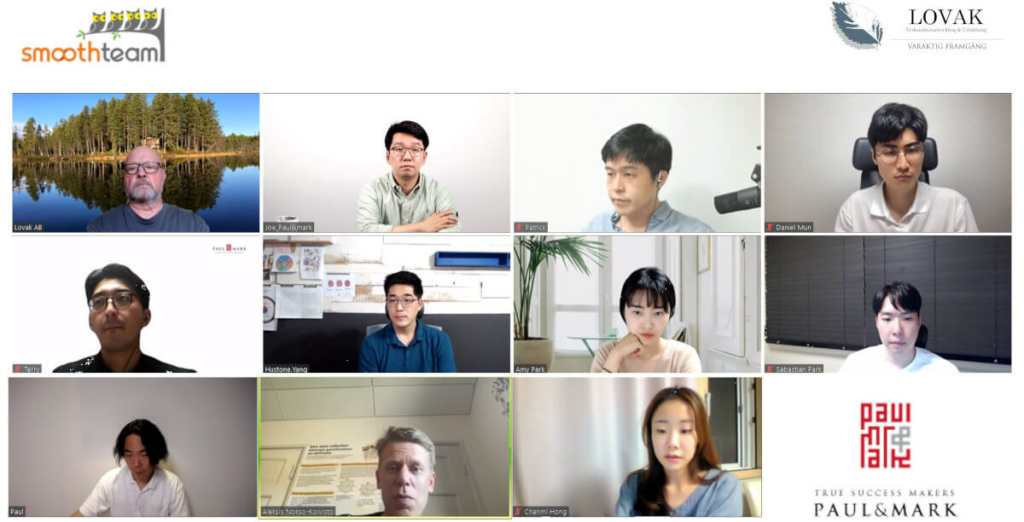
What kind of results has the simulation produced?
In the beginning, we made extensive use of simulations internally. In the very first simulation, our strategy team noticed that the strengths of one team member had not been identified. Based on the simulation, his job role was completely redefined and it made a big difference to the company. This is an incredible achievement for a two-hour simulation.
We have used simulations with a number of small and medium-sized enterprises. Our experience has been very encouraging. A group of teachers from one of our clients even started crying during the simulation after discovering how badly they knew each other. It was really touching, and they talked a lot about what annoyed them and what they liked. So simulation is also a great tool for opening hearts.
Demand has been strong, and in the coming weeks we will be able to use simulations with several Korean giants. Customers have indicated that they are very much looking forward to the simulation.
How does Korean culture differ from Nordic culture?
Erin Meyer's excellent book The Culture Map compares countries along four different axes:
- Equality - Hierarchy
Korean companies typically have a strong hierarchy and strong managers. European-style facilitating leaders are rare. The subordinate cannot give feedback to the manager or make suggestions for improvement.
- Task-based - Relationship-based
American culture is the ultimate example of a task-based approach. trust is created through collaborative projects and relationships are easily built and broken as needed.
When I was in Tennessee I found American practices very strange. They immediately started talking about dollars and percentages - good thing I didn't panic!
In Korea, trust and relationships develop slowly over time through dinners and other meetings. Money matters are only discussed once a working relationship is in place.
trust also comes in chains - I can trust people I know well and trust myself.
- Direct feedback - indirect feedback
In Korea, feedback is traditionally given privately and diplomatically with rounded corners.
I've sometimes tried to give feedback in my company in the Finnish straightforward style - everyone got upset and thought I hated them!
- Case-oriented (low-context) - relationship-oriented (high-context)
I once read an American Superman comic and I thought it was like a novel - all the speech bubbles were full of text. In Korean comics, there is very little speech and the focus is on expressions, details and atmosphere. Also, in Korea, you often "read between the lines" - for example, after a speech, you don't typically discuss the content of the speech, but you wonder what was behind the speech and what the speaker was thinking.
Finns typically say what they think and mean what they say. I very much appreciate this approach, but when dealing with more traditional Koreans, a more subtle approach is needed.
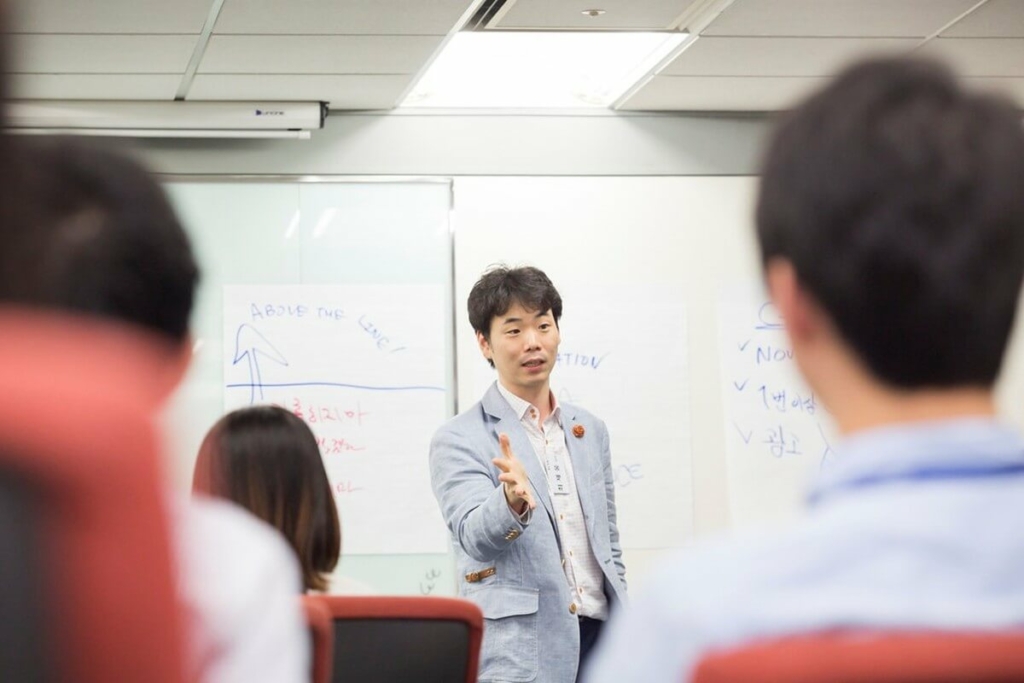
What could Koreans learn from the Scandinavians?
The short answer: balance.
The Korean War in the early 1950s killed more than three million people, destroyed our major cities and caused massive famine. Parents were unable to feed their children and many babies had to be adopted out to other countries or even sold. The scars of war still loom large in our culture - men working hard to provide a better life for their children.
When I was a child, I rarely saw my father because he was always at work. Twelve years ago, he came proudly to tell me that he had done the dishes for the first time to help our mother.
Koreans are jealous of Nordic balance and equality. In the Nordic countries, everyone is equal, even if they are different ages or genders. In Korea you always have to obey your parents and a wife has to obey her husband even if he is wrong.
In Korea, it has long been the mother's job to look after the children and the father's to work. However, we already recognise the alternative, even if it is still rare. We even have a word for Nordic dad: scandidaddy!
In general, work has long been seen as more valuable than family life. In the past, work was even an acceptable reason to skip family celebrations, for example, but fortunately this is changing. Fortunately, younger Koreans also value leisure time and are less hierarchical.
And what could Scandinavians learn from Koreans?
The short answer: passion.
We Koreans are very practical, fast, smart and hard-working. I hope that the Nordic people will learn to move towards their goals with the same passion as the Koreans. When we get excited about something, we put the pedal to the metal. This determination has helped the Koreans to create, for example, many of the world's biggest companies and a strong economy.
We can also be very focused and flexible. But we are not as nice as first impressions might suggest. Korea is about 5000 years old and we have been invaded more than 900 times. This has also given us toughness and caution.
